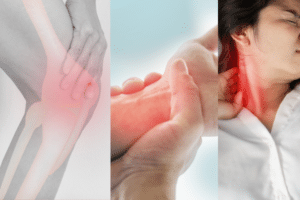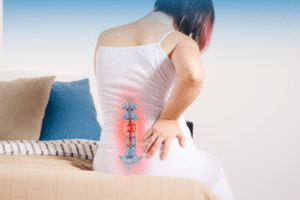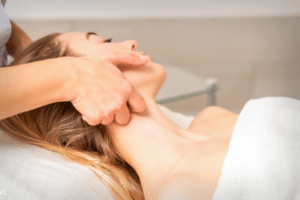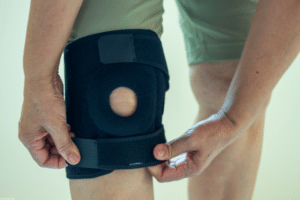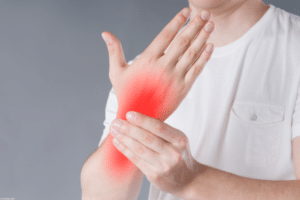Introduction
Skiing injuries, though part of the thrill on the slopes, can pose risks for enthusiasts. In a study spanning nine seasons and reported by the National Institutes of Health (NIH), a whopping 24,340 injuries were recorded, with an overall rate of 2.6 injuries per 1,000 skier days. Derived from the sale of 9,201,486 lift tickets, this data highlights that while skiing is undoubtedly an exciting sport, it does come with its share of hazards.
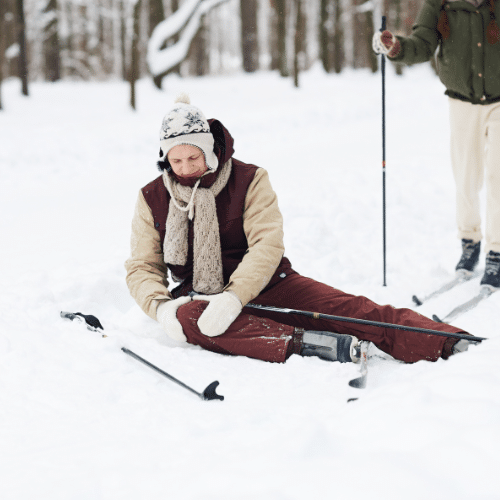
As more people embrace skiing, it becomes crucial for enthusiasts to familiarize themselves with the causes, symptoms, and treatments of skiing-related injuries. In this article, we’ll explore the intricacies of skiing injuries, their origins, and provide insights into effective treatments and rehabilitative exercises. Additionally, we’ll share a compelling story of recovery with the expertise of Physio Pros Oakville, shedding light on the vital role physiotherapy plays in the rehabilitation process.
Skiing Injuries: What You Need to Know:
Getting hurt while skiing can happen for many reasons, like falling or crashing. The study we mentioned earlier showed that injuries are most common in the knees and ankles. Signs that you might be injured include pain, swelling, bruising, and having a hard time moving the hurt part. If you ever get hurt, it’s crucial to see a doctor who can figure out what’s going on.
Fixing Skiing Injuries:
When it comes to healing, taking it easy and putting ice on the hurt area can help at first. Physiotherapy is also a big help. This is when experts give you special exercises to make your muscles stronger and help you move better. Depending on how bad the injury is, you might need a brace or support to keep things stable while you heal.
A Success Story with Physio Pros Oakville:
Let’s meet Sarah, a skier who hurt her knee on a tough slope. She went to Physio Pros Oakville, where experts made a plan just for her. With their help, Sarah did exercises to make her knee stronger and more flexible. Thanks to Physio Pros Oakville, Sarah got better, and she’s back to skiing with confidence. Her story shows how important it is to get professional help and how physiotherapy can make a big difference in getting back to the fun of skiing.
In conclusion, while skiing is a blast, it’s good to know that injuries can happen. Being aware of what can go wrong, what to look for, and how to get better is key for skiers. Physio Pros Oakville is there to help people recover, showing that with the right care, skiing can stay a thrilling and safe sport.
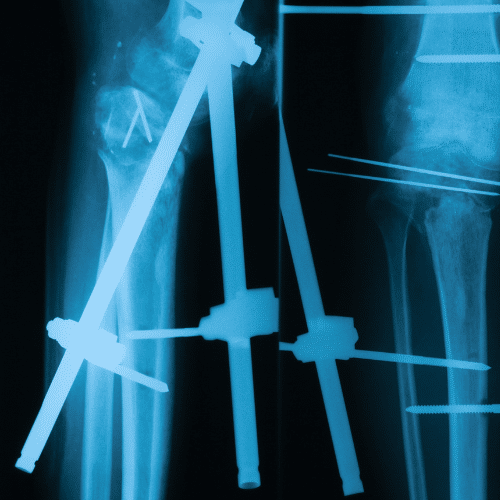
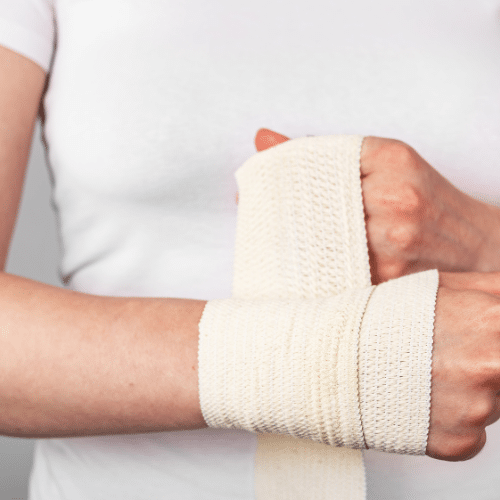
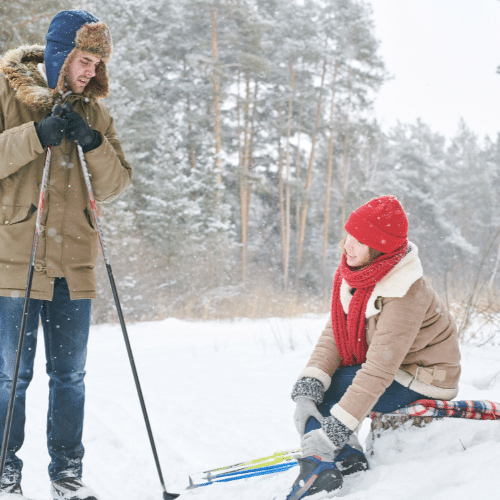
Common Skiing Injuries We Treat:
ACL Tears: Commonly occurring from sudden twisting motions, ACL tears are injuries to the anterior cruciate ligament in the knee during skiing.
MCL Injuries: Skiing can lead to medial collateral ligament injuries, often caused by lateral forces impacting the knee.
Wrist Fractures: Falls on outstretched hands during skiing may result in fractures to the wrist bones.
Collarbone Fractures: Collisions or falls can lead to fractures in the collarbone, impacting the upper body.
Rotator Cuff Injuries: Abrupt falls or collisions on the slopes can cause injuries to the rotator cuff muscles in the shoulder.
Shoulder Dislocations: Impactful falls or collisions may result in the dislocation of the shoulder joint.
Spinal Fractures: High-impact falls in skiing can lead to fractures in the spinal column.
Spinal Cord Injuries: Severe skiing accidents have the potential to cause injuries to the spinal cord.
Concussions: Head injuries, including concussions, can occur from falls or collisions on the slopes, emphasizing the importance of helmet use.
Sprained Ankles: Uneven terrain or awkward landings in skiing can lead to sprains in the ankle.
Hamstring Strains: Sudden stops or changes in direction on skis can cause strains in the hamstring muscles.
Quadriceps Strains: Skiing accidents may result in strains to the quadriceps muscles, impacting the front thigh.
Skier’s Thumb: Injuries to the thumb ligaments can occur when falling with a ski pole in hand.
Hip Contusions: Falls or collisions can result in contusions to the hip, affecting the pelvic region.
Snowboarder’s Ankle: Specific to snowboarding, this injury involves fractures or sprains in the lead ankle due to the attachment of the snowboard.
Conclusion
In conclusion, as we carve our way through the exhilarating world of skiing, the wisdom gained from the NIH study emphasizes the importance of safety and preparedness. Harnessing the expertise of professionals like Josh Bowslaugh, a registered Physiotherapist at Physio Pros Oakville, can make all the difference in overcoming the challenges posed by skiing injuries. Josh’s experience and commitment to guiding individuals back to peak performance exemplify the transformative impact of physiotherapy on the recovery journey. So, whether you’re a seasoned enthusiast or a novice adventurer, embracing both the thrill and the responsibility of skiing ensures a fulfilling and injury-free experience. Stay safe, have fun, and may your skiing journeys be as smooth as freshly groomed powder.

